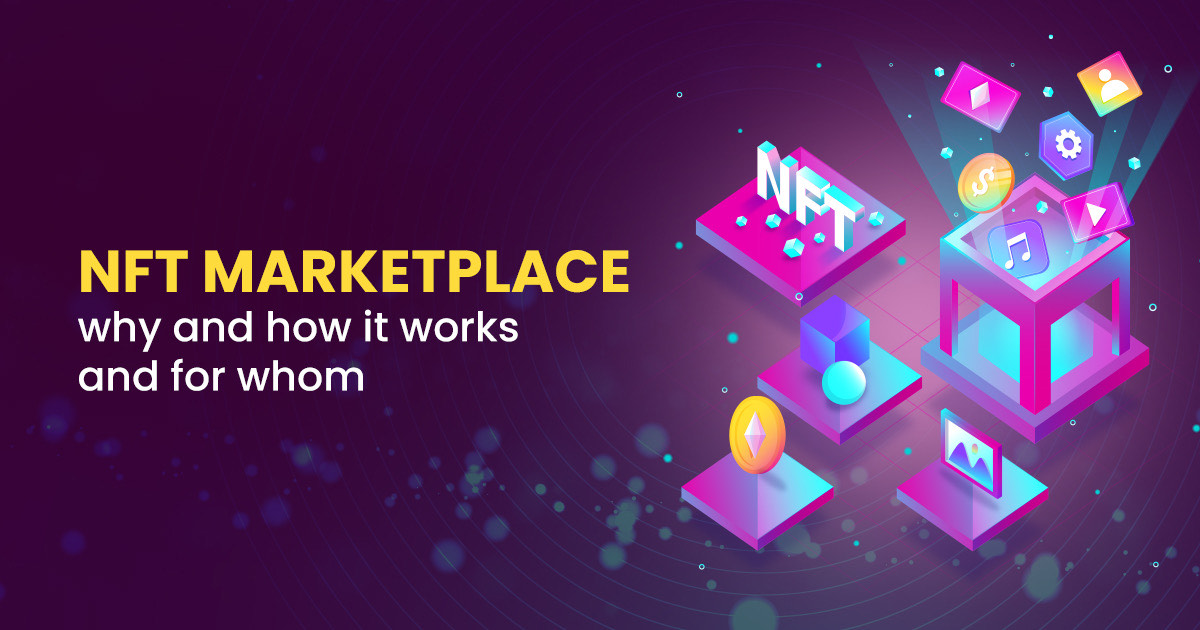Non Fungible tokens, commonly known as NFTs, have definitely taken the world by storm. NFTs are unique and irreplaceable digital representations of real-life and digitally curated assets, they reside on the immutable digital ledger called the blockchain.
NFTs are the hottest selling assets in the crypto domain. It all started with one digital painting by the renowned digital artist Beeple selling it out for a staggering $70 million to MetaKovan.
How are NFTs creating a brand for themselves?
The peak of the NFT spree has started a series of ripples of a lot of nonfungible tokens being created left, right, and center.
Parallel to musicians and artists, several global celebrities and big names including Jack Dorsey, Lindsay Lohan, Shaquille O’Neal, and Amitabh Bachchan have released their own NFTs featuring some of the most iconic creations from their journey, the path forward, and more.
This creates a slight clash between two different creator sets. On one hand, small artists might want to capitalize on the crowd presence in marketplaces, so they can maximize their chances of selling the artwork for a good value. Slowly, they can start building their brand within NFT marketplaces.
On the other hand, people who have already established a proper brand or prominent names might not want to get lost in the massive flurry of artworks that are present in marketplaces. They might want to create a unique proposition for themselves using signature websites that list only their own NFTs and only for buying. Such websites or platforms are fittingly referred to as NFT launchpads.
Why should one opt for an NFT marketplace?
- An NFT marketplace is the best place to start for people who have not already built a brand for themselves. In short, they have to piggyback on the brand value that has been created by the marketplace.
- In the marketplace, there is already an active crowd of enthusiastic NFT consumers always spending valuable time. It all comes down to the question of whether an NFT will get visibility if it is present in a crowded marketplace or if it is better for the NFT to reside on a platform that has built its appeal over an already existing brand.
- Another perk of the NFT marketplace is that the technical complications are quite low. Since the marketplace has already been perfected as a product, it is just about creating the artwork, deciding the price, paying the minting cost, and launching it for the user base to check out and own at their best.
- The marketplace also gives you the option to individually market your creation. If you have your own communication channels like Facebook, Instagram, discord, and telegram, you can consider talking about your creation just like how you would market any digital entity.
- Similar to the above-mentioned points, the Jump.trade NFT marketplace is a platform that features NFTs across the globe. The space solely developed by GuardianLink has launched its first NFT collection, the Meta Cricket League NFTs, making it a huge success, by selling out 55,000 NFTs with a massive utility to play the MCL (World’s First Cricket NFT Game) attached.
In short, the NFT marketplace is best suited for someone who does not have enough brand muscle and who does not have deep pockets to build their NFT ecosystem from scratch. Also, it’s up to the entity to ensure the platform’s flexibility in accordance with the creators and brands.
